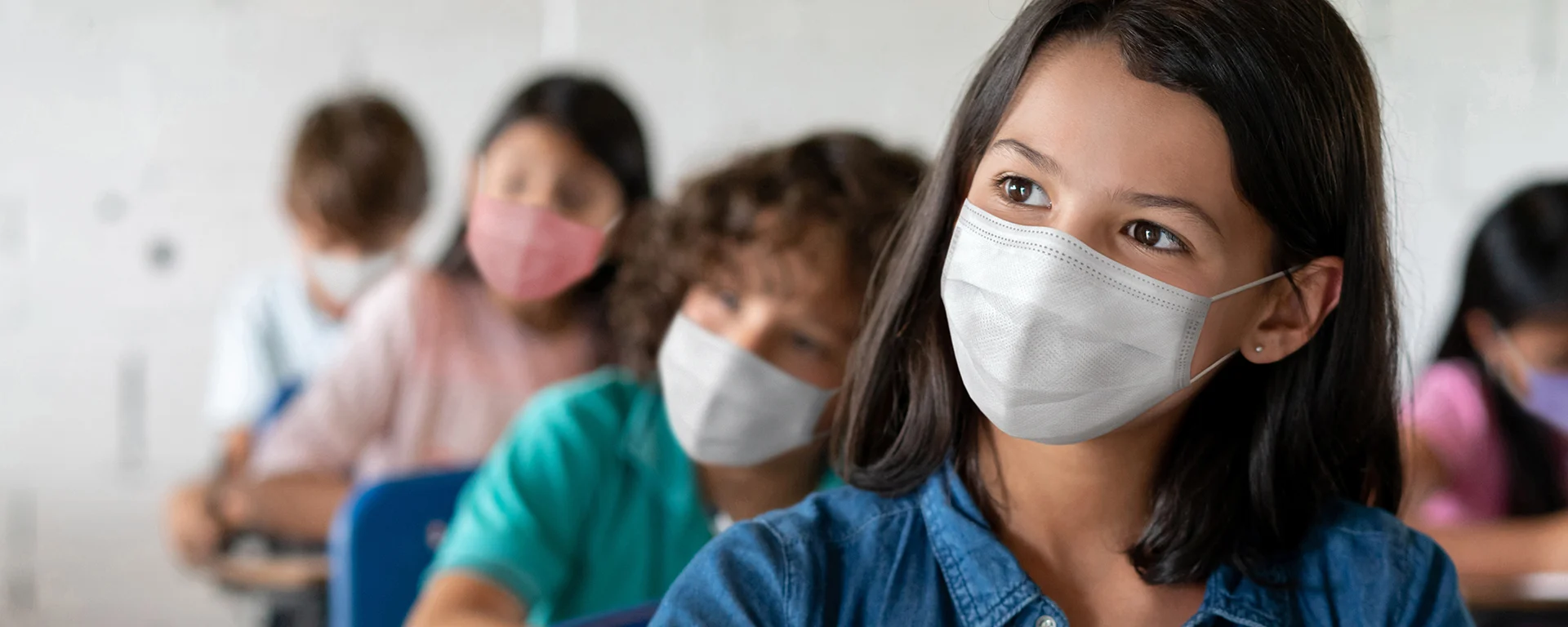How COVID-19 Vaccines Work
Not sure if you want to put the contents of that little vial in your — or your kid’s — body? Find out what it actually does once it gets in there.
When you think about it, it’s kind of amazing that vaccines do anything useful. I mean, that tiny little jar of what basically looks like water is supposed to keep your entire body from getting sick? And you get the same amount of stuff in your vaccine if you’re built like my friend Sue, who probably weighs 100 pounds soaking wet in full clothing, or if you’re 6 feet 4 inches tall like my dad’s cousin Jed. What the heck’s in that stuff, anyway? What’s it doing to your body?
What the vaccines do is the same — how they do it varies.
All vaccines do the same thing: They tell your body how to recognize a virus. Your body then builds the tools it needs to fight that virus when it shows up. That’s it. And vaccines don’t stick around long — your body gets rid of everything in the COVID-19 vaccines within weeks or even days.
When vaccinations as we know them were first invented in the late 1700s, they involved injecting live, weakened virus into someone’s body. While that did work well, it came with the risk that even a weak virus could possibly make someone sick. We’ve come a long way since those days. Here’s how the three types of vaccines against COVID-19 work.
Pfizer and Moderna: mRNA vaccines give your body a set of instructions to follow.
The Pfizer and Moderna vaccines don’t include any part of the virus that causes COVID-19. In fact, they don’t include a virus at all. Instead, they give your body a set of instructions, in the form of mRNA (short for “messenger RNA”).
The mRNA in the vaccines does only one thing: It tells your body how to build the spike protein we’ve all heard about. When your immune system sees the spike proteins floating around, it creates the tools it needs to fight anything that shows up with that protein on it. The virus that causes COVID-19 has lots of spike protein all over it, so if it gets into someone who’s vaccinated, their immune system recognizes it and is ready to combat it.
Johnson & Johnson: A harmless virus delivers instructions for making the spike protein.
The Johnson & Johnson / Janssen (J&J) vaccine also gives your body instructions for making the spike protein. But instead of little pieces of mRNA, that vaccine has viruses in it — ones that can’t make you sick.
The viruses in the J&J vaccine are from the same family of viruses that cause the common cold, but they’ve been altered in a couple of important ways. Number one: They can’t reproduce themselves, which is what a virus needs to do to cause illness. Number two: They have DNA in them that tells your body how to make the spike protein.
Like the mRNA in the Pfizer and Moderna vaccines, this DNA does only one thing. But instead of telling your body how to make the spike protein directly, it tells your body how to make the mRNA that it will then use to make the protein.
Novavax: Your body sees spike proteins with no virus attached.
The newest COVID-19 vaccine to become available in the US also teaches your body to recognize the spike protein. It does that in the simplest way possible: by delivering a bunch of spike proteins. Since only so many proteins fit in that little vial, the vaccine also includes something called an adjuvant. The adjuvant boosts your body’s immune response, so it can fight the virus more effectively if it shows up. (The adjuvant in Novovax’s vaccine is made from tree bark).
What the vaccines don’t do.
The vaccines themselves don’t hang out in your body for long. The mRNA from the Pfizer and Moderna vaccine is gone within days; your body tidies up the spike proteins and cold viruses over the course of a few weeks.
The vaccines also don’t have anything to do with your DNA — it’s off doing its own thing while your immune system is learning from the vaccine. And the spike protein that all of these vaccines focus on looks like nothing that exists in humans, so your body won’t accidentally learn to attack something inside itself.
Viruses are tricky little critters. The virus that causes COVID-19 has continued to mutate in ways that allow it to keep infecting people, even those who are vaccinated. But the vaccines have given our immune systems more than one layer of education. Because of that, people who are vaccinated — especially those who keep up to date on their boosters — are much less likely to get severely sick or to die. Remember, that’s always been the goal for these vaccines: To keep really sick people from overwhelming our country’s hospitals, and to keep people from dying.
So, if you or your child have not been vaccinated yet, now’s the time. The stuff in that little vial really works.






